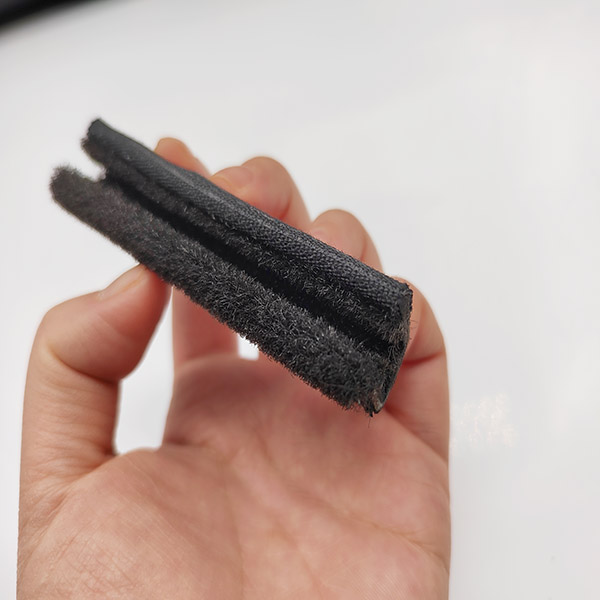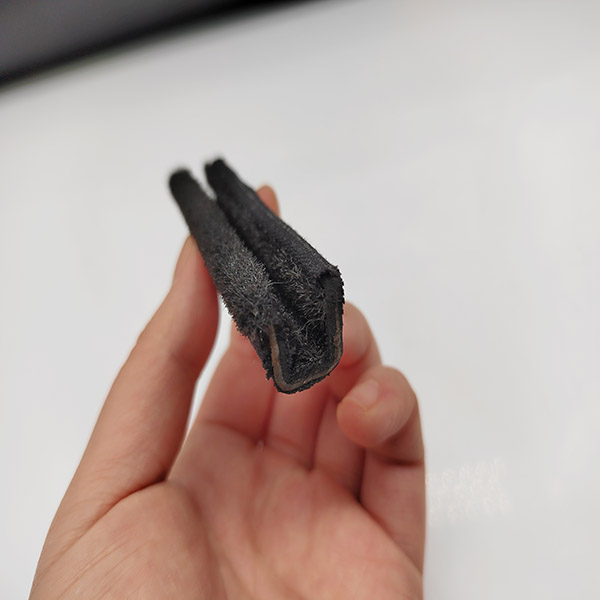Features of Car Window Channel
Support Window Glass
The car window channel provides a stable support structure for the window glass. The window glass slides in the rails and can move up and down inside the door. The design and materials of the guide rails ensure the safe movement of the window panes.
Guided Window Glass Movement
The shape and structure of the window rail guide the movement of the window glass within the door. This ensures smooth up-and-down movement of the window glass, avoiding skewing or wobbling. It provides reliable sports performance.
Sealing Effect
Window rails provide a seal when the window is closed. It prevents outside air, moisture, dust, and noise from entering the vehicle. This helps improve driving comfort and blocks unwanted external distractions.
Waterproof And Dustproof
Window rails help prevent rain, mud, and dust from entering your vehicle by providing an effective seal. This will help keep the interior of your car dry and clean.


